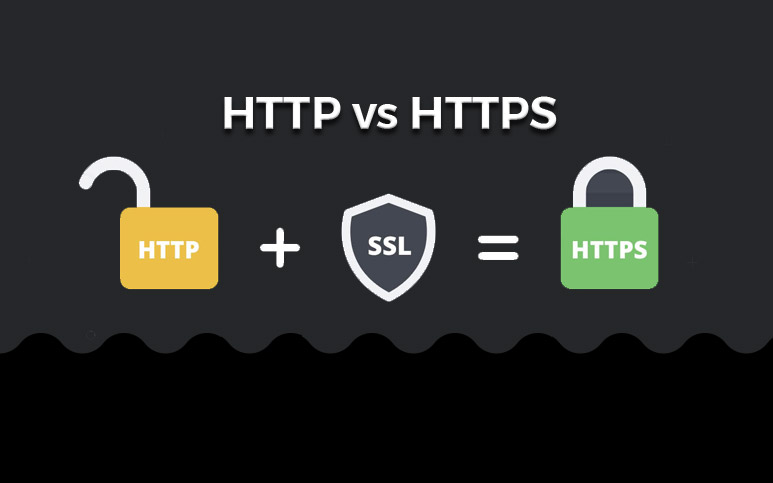Do you know what HTTPS is and what are the SSL / TLS certificates for ?
Surely in recent days you have read that Google, in future updates, will reward those websites that serve HTTPS connections ( through active SSL certificates), improving the position in which they appear in your search engine, in addition to marking them visually as sites insurance
It should be noted that, in addition to being able to take advantage of this opportunity to improve the positioning of your website, SSL certificates are necessary to start taking advantage of the optimization and speed provided by the HTTP / 2 protocol , the future of connections web, so we advise you to get down to work and install and configure SSL / TLS certificates on all websites where you do not already have them, or at least those in which you collect data through a form.
What is HTTPS?:
HTTPS stands for Hypertext Transfer Protocol Secure ( Secure Hypertext Transfer Protocol ). It is the secure variant of the HTTP protocol .
Through this protocol a communication channel is created between the server where the web is hosted and our browser, all under an encryption based on SSL / TLS , so all the sensitive information (such as user keys, card numbers, addresses) of email, …) will be totally safe from being intercepted and later used by an attacker who uses hacking techniques such as man-in-the-middle and eavesdropping , among others.
It is easy to distinguish which pages use this protocol. The web pages that use the HTTP protocol begin with http: // while the websites that use HTTPS begin with https: // .
Types of HTTPS certificates:
In order for your website to make HTTPS connections, it is necessary to install an SSL or TLS certificate on your web server. There are 2 types of HTTPS certificates:
SSL Certificates
As you have read above, the HTTPS protocol makes its connections under SSL encryption. The acronym SSL respond to the terms in English Secure Socket Layer and is a security protocol with which the information travels encrypted and secure between two sockets or ports, in this case between the web server and our browser.
In order to use this encryption in the connections of our portals, it is necessary that the hosting server that we have contracted or contract supports the SSL certificate service.
An SSL certificate implements a model based on digital keys to ensure the connection. To do this our web server will host two keys for encryption, a private key and a public key, which will act as a key and lock between connections. The public key is accessible to anyone, and is used to encrypt the information, while the private key is accessible only by the server and is used to decrypt.
The certificate itself is a kind of “official signature” that ensures that the server that issues it is secure, that it is the owner of the domain and that it is using secure SSL connections. To be “official” it must be signed by a certifying authority (CA), or a trusted third party.
The browsers and operating systems ask the certifying authorities for the public keys of the certified domains and store them. With them, they are able to verify the signatures and validate them, detecting if the web we access is the real one or there is an identity spoofing.
TLS certificates
TLS or Transport Layer Security (in Spanish Security of the Transport Layer ) is another critical protocol and its certificates are the second generation of SSL certificates . TLS allows secure exchange through applications such as TTP , POP3 , IMAP , SSH , SMTP or NNTP , adding to the SSH protocols two more protocols: one for authentication ( called TLS Record Protocol ) and another called mutual agreement protocol ( also known as TLS Handshake Protocol). With them, a secure, encrypted and unique channel is created between the sender and the receiver, in which the cryptography that will be used in the communication is negotiated .
It is common to see this type of connection in the pages of banks or online stores, but the concern of Internet users to lose their privacy, that their documents or information are stolen, or even be able to be supplanted, grows every day on the Internet. That is why, by making secure communications, you and your users will navigate your pages with complete peace of mind, without risk of your personal information falling into the hands of others.
We hope that this article from skwebdesigningsolutions; leading logo designing company has helped you to understand what HTTPS is and why it is important to implement it . And you have already implemented HTTPS on your website?
Check Out: evolution of web design




